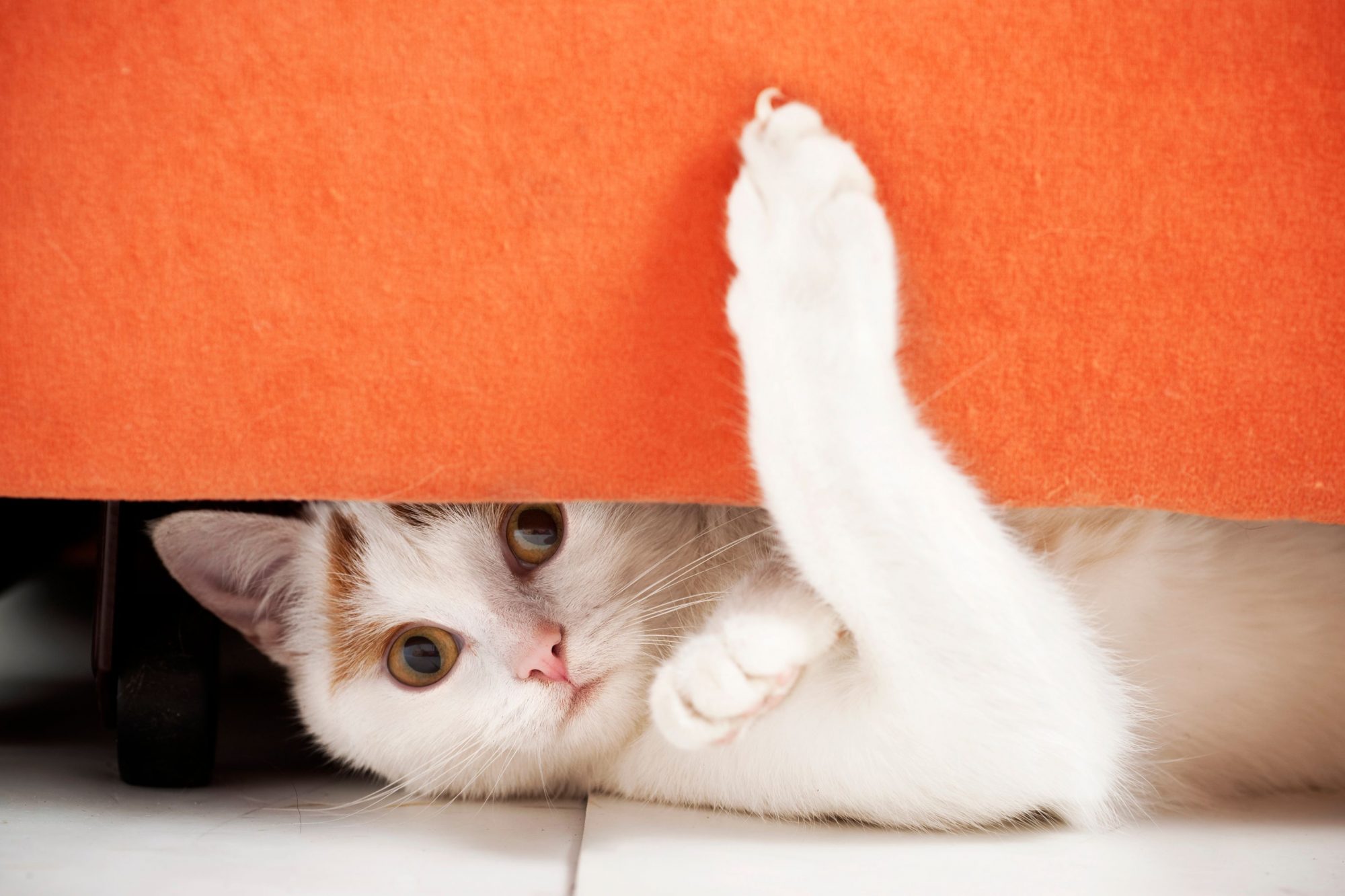Understanding Feline Behavior: 4 Things You Do That Your Cat Dislikes

Whether you’re reflecting on relationships between people or animals, The Beatles may have said it best with their song “All You Need Is Love.”
It’s true that love plays a gigantic role in cat ownership, but a lasting connection must also include Aretha Franklin’s most famous song: “R-E-S-P-E-C-T”. You might think that you’re covering all the bases when it comes to pleasing your cat, but it’s equally possible that you’re missing the mark a bit.
In other words, to truly understand feline behavior you might want to change or omit a few things.
# 1: Creature of Habit
Sure, it’s easy for people to feel dragged down by daily routines, but cats pounce all over predictable events. They really like knowing that a meal is right around the corner, and they seem to relish the moment when their person wakes up or comes home. To keep your cat happy, uphold the virtues of routine. Don’t go changing your cat’s litter or food willy-nilly (they detest having to make sudden adjustments!).
Furthermore, your cat hates when you move things around in the house. They are comforted by the knowledge that certain things can always be found in specific locations. In other words, it’s incredibly jarring to a cat when this relied-upon sense of security is lossed or dismissed.
#2: Where’s My Scratchy Thingy?
Does your cat hate having their claws trimmed? Well, they work hard for those razor-like nails! One of the most recognizable traits of feline behavior is their propensity for scratching. It’s really good for them to sharpen their claws, but they also need to shed the outer sheaths that become dull over time. Plus, a good cat scratcher gives them a phenomenal back stretch.
The point is, your cat doesn’t like going without a good scratching post so please do them a favor and invest in a good one.
#3: Touch Me! Don’t Touch Me!
One of the best things about cat ownership is learning about feline behavior. Your cat likely has their own unique preferences when it comes to how they prefer affection. They will give you all the cues to bring on more cuddles or scratches, such as the tell-tale head bump, side nuzzle, or slow blink.
But beware: too much of the same stroke can yield opposite results. Watch carefully for any subtle or sudden shifts in feline behavior, like body positioning, tail positioning, and any warning vocalizations.
#4: Purring Doesn’t Always Equal Happiness
Purring is another feline behavior that gets a lot of attention. While a happy cat is known to purr, it is known as a self-soothing mechanism. Cats also purr when they are anxious, scared, or in pain.
Perhaps your cat wishes you knew that they aren’t purring because they’re content or satisfied. It could mean they are trying to cope with dental pain, arthritis, or other health concerns. If it’s been longer than 6-12 months since your cat’s last wellness exam, we recommend scheduling an appointment.
A+ In Feline Behavior 101
Coming to terms with the certain things your cat wants and needs can all but guarantee a healthy, respectful and loving cohabitation.
Remember, by paying close attention to the subtle art that is feline behavior you can help your furry friend avoid larger, far-reaching problems down the road.
As always, if you have further questions about your cat’s health, preferences, or feline behavior, Mobile Vet M.D. is always here for you. And please remember, prior to our arrival for an appointment, please have your pet confined to a small space, such as their crate or a bathroom, so they are easily accessible for their appointment once we arrive.
